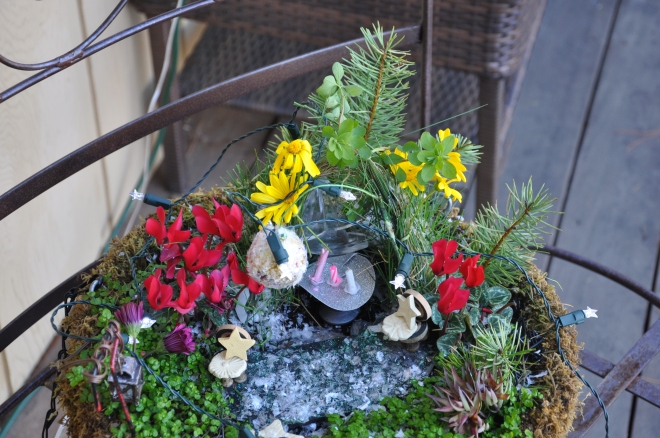The title didn’t scare you off?
You thought we were safely passed Halloween and all things creepy?
What’s creepy about this photo isn’t the snail but the scale…all over my struggling Magnolia. Two seasons of effort to remove it and it’s back, bigger and badder then ever. Gross.
Last year, when the tree was dormant, I spent an hour literally scraping all the visible scale from the tree. I went back over the branches with warm water, wiping down any residue. I went back two days later, removing what I missed.
The tree bloomed, but the scale came right back. Over the spring and summer, it spread to the entire tree, dripping sticky honeydew all over the shrubs below.
I hate giving up on this tree, but if I don’t remedy the problem, the scale will kill the tree.
I placed a call today to a certified arborist for a professional consultation. Ian Geddes has been a great help over the years, thinning and pruning tall trees, removing tree stumps and consulting on the health of our trees. I appreciate their expert advice.
Now to get your mind off these creepy pictures, I’ll leave you with this: Dylan looking adorable on our hike earlier this week.
Addendum:
After I hit the publish button, WordPress told me this was my 500th post on Gardening Nirvana. Instead of celebrating with flowers and fruit, I give you scale.
So it goes when you blog about a slice of life. Please don’t hold it against me. Alys

































